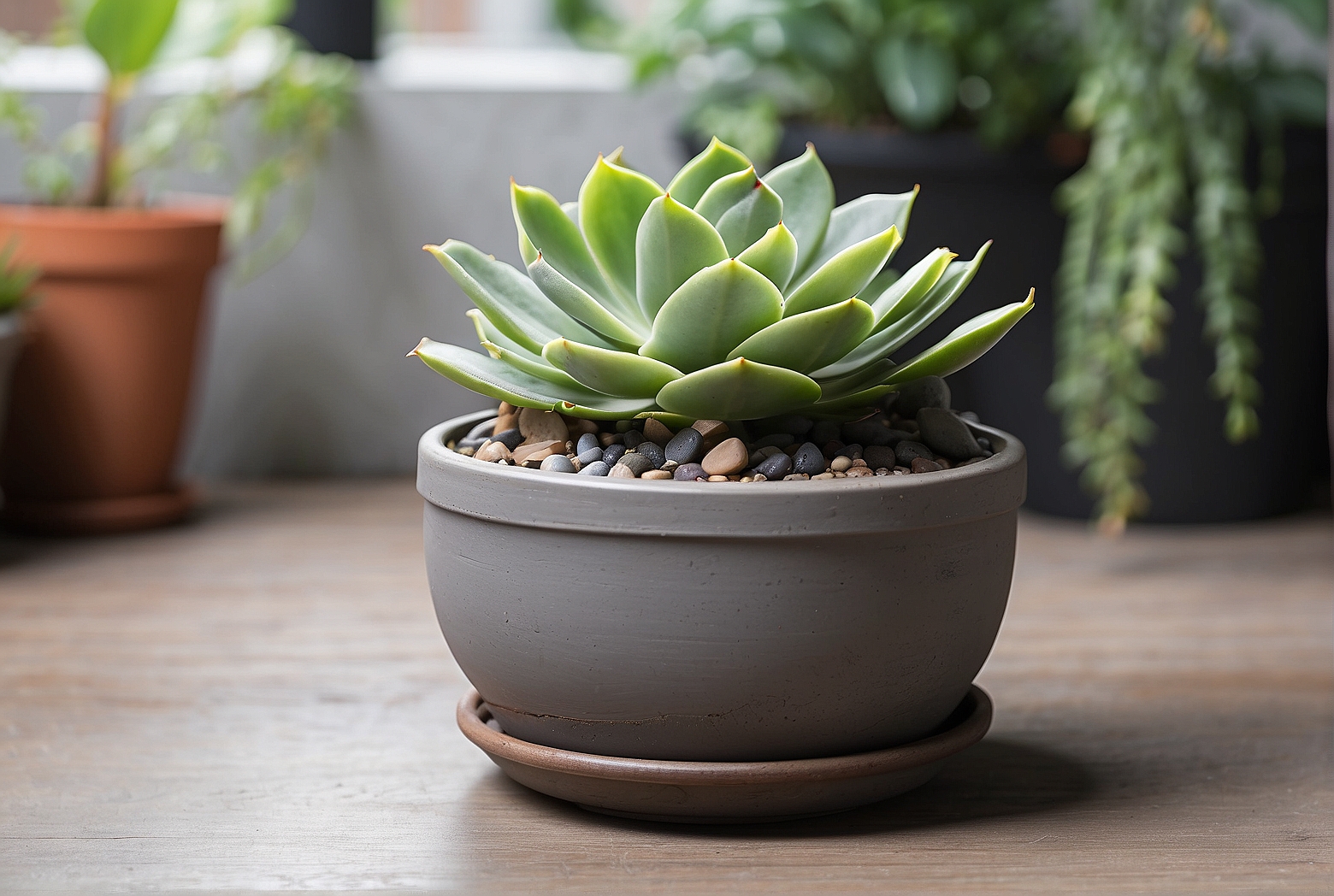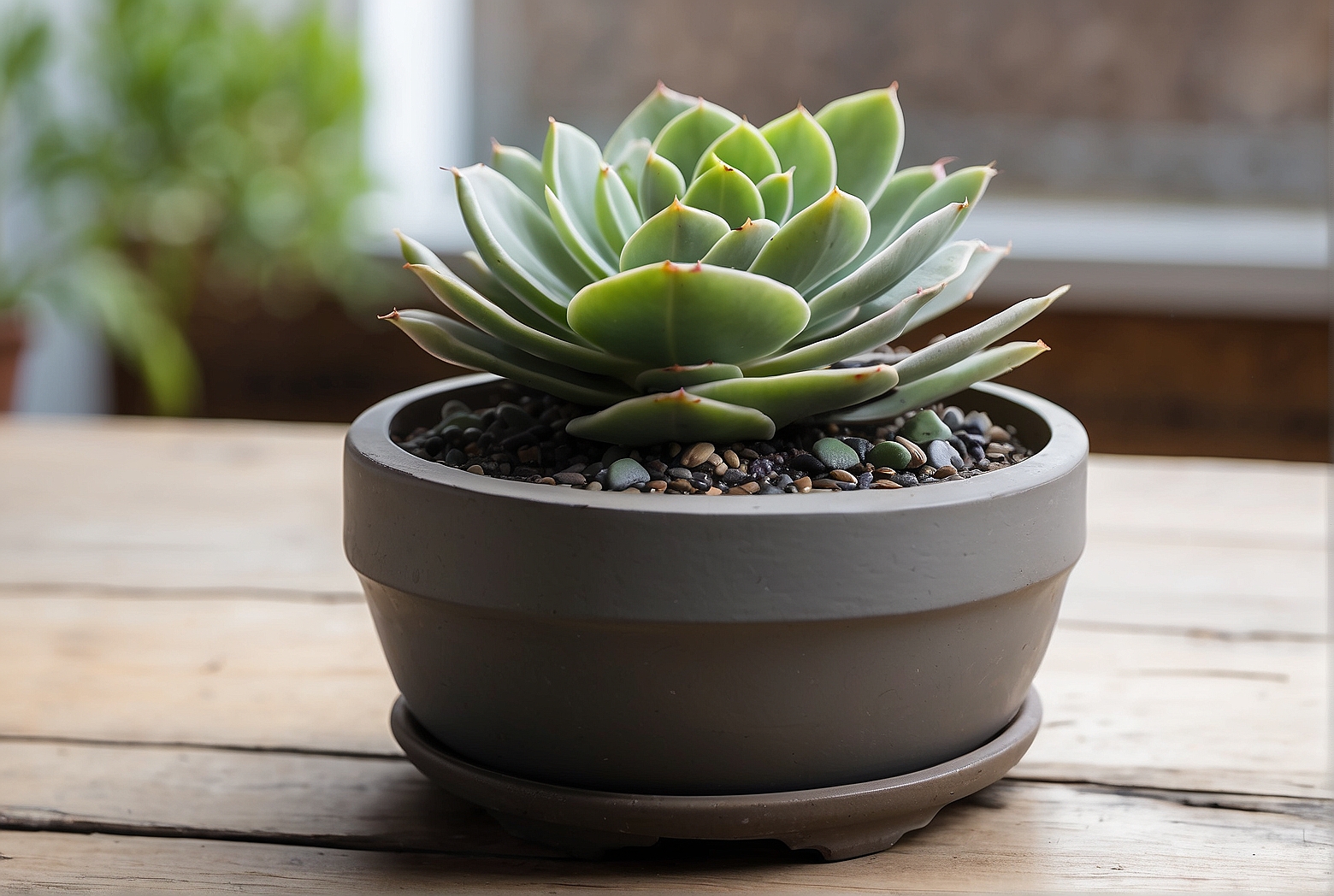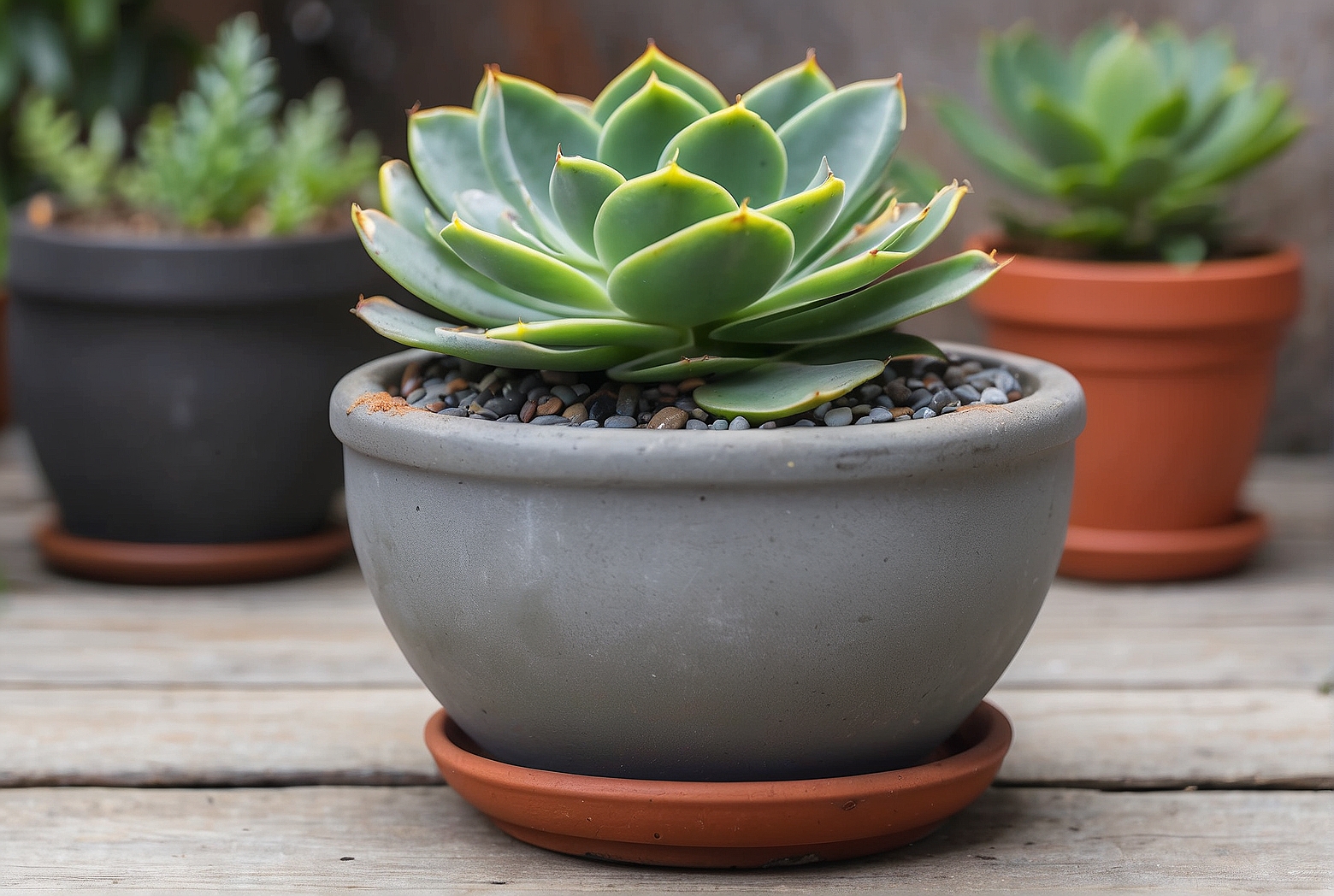Last Updated on March 27, 2024 by Tony Manhart
If you’ve ever wondered whether a ZZ Plant falls under the category of succulents, you’re in the right place! With its lush glossy leaves, the ZZ Plant has gained quite a following in the world of indoor gardening. While it may bear a resemblance to succulents with its ability to withstand drought and store water, the ZZ Plant actually belongs to a different botanical family. In this article, we’ll explore the distinct characteristics of the ZZ Plant and find out whether it truly falls into the succulent category. So, sit back, relax, and let’s dive into the world of the ZZ Plant!
Overview of ZZ Plant
The ZZ plant, scientifically known as Zamioculcas zamiifolia, is a popular houseplant known for its striking appearance and low-maintenance nature. With its shiny, waxy leaves and upright growth, the ZZ plant has become a favorite among plant enthusiasts of all levels. In this article, we will delve deeper into the world of ZZ plants, exploring their defining characteristics, watering and light requirements, propagation methods, native habitat and origin, and how they differ from other succulent plants.
Defining Succulents
Before we can discuss whether the ZZ plant is considered a succulent, let’s first understand what defines a succulent plant. Succulents are a group of plants that have adapted to arid and drought-prone environments by storing water in their leaves, stems, or roots. This water storage allows them to survive long periods without rainfall, giving them their unique ability to thrive in dry conditions. Succulents come in various shapes, sizes, and colors, and are well-known for their fleshy, thickened leaves that give them their distinctive appearance.
Characteristics of ZZ Plant
The ZZ plant displays several characteristics that make it stand out among other houseplants. One of its most distinctive features is its glossy, dark green leaves that are comprised of numerous leaflets. These leaflets are pinnate, meaning they grow in pairs along a central stalk. This gives the ZZ plant a lush and tropical appeal. Additionally, the leaves are thick and succulent-like in texture, which is often why people ponder its classification as a succulent.

Another notable characteristic of the ZZ plant is its ability to tolerate low light conditions. While many succulents thrive in bright sunlight, the ZZ plant can adapt to areas with indirect or even artificial light. This makes it an ideal choice for those seeking an attractive and low-maintenance plant for their homes or offices.
Differences between ZZ Plant and Succulents
While the ZZ plant shares some visual similarities with succulents, it is not classified as a true succulent. Unlike most succulents, the ZZ plant does not store water in its leaves, stems, or roots. Instead, it stores water in its rhizomes, which are modified underground stems. This unique adaptation allows the ZZ plant to survive in dry conditions, but it does not fit the precise definition of a succulent.
Additionally, succulents are usually characterized by their ability to withstand prolonged periods of drought. They have specific leaf structures, such as tiny openings called stomata, which allow them to conserve water and prevent excessive evaporation. The ZZ plant, on the other hand, has stomata in its roots rather than its leaves, further separating it from the succulent category.
Watering Requirements
The ZZ plant’s watering requirements are different from those of most succulents. While succulents typically require infrequent watering, ZZ plants prefer moderate watering. It is important to allow the soil to dry out slightly between waterings to prevent overwatering, which can lead to root rot. Watering the ZZ plant once every one to two weeks during the growing season and reducing the frequency during the dormant period is generally sufficient to maintain its health.

Light Requirements
One of the notable advantages of owning a ZZ plant is its ability to thrive in low light conditions. While most succulents require bright, direct sunlight, the ZZ plant can adapt to areas with indirect or even artificial light. This makes it an excellent choice for indoor spaces with limited natural light. However, it is essential to strike the right balance, as too little light can result in slower growth and loss of foliage color.
Propagation Methods
Propagating ZZ plants can be achieved through two primary methods: division and leaf cuttings. Division involves carefully separating the rhizomes of an established plant to create new individuals. This method is best suited for mature ZZ plants that have produced multiple rhizomes. Leaf cuttings, on the other hand, involve taking individual leaflets from the plant and allowing them to produce roots and new shoots. This method is more suitable for younger ZZ plants or those with fewer rhizomes. Both techniques can be successful when carried out with care and attention to detail.
Native Habitat and Origin
The ZZ plant is native to the eastern regions of Africa, specifically Zanzibar, Tanzania, and Kenya. It was first discovered in the late nineteenth century and has since gained popularity as an easy-to-care-for houseplant worldwide. The plant’s ability to tolerate low light and extended periods without water is a testament to its adaptation to the tropical climates of its native habitat.
Popular Succulent Plants
While the ZZ plant may not be classified as a succulent, there are countless other succulent plants that have captivated plant enthusiasts with their unique characteristics. Some popular succulent plants include the Echeveria, Aloe vera, Haworthia, Jade plant, and the Snake plant, to name a few. These succulents often display vibrant colors, intricate leaf patterns, and striking shapes, making them a popular choice for both indoor and outdoor gardening.
Conclusion
In conclusion, while the ZZ plant may share similar visual traits with succulents, it does not fall into the true succulent category. Its unique storage of water in rhizomes, as well as its ability to tolerate lower light conditions, sets it apart from most succulent plants. Nonetheless, the ZZ plant remains a popular and desirable houseplant due to its attractive appearance, low-maintenance nature, and adaptability to various environments. Whether you prefer the lush foliage of the ZZ plant or the vibrant hues of traditional succulents, there is no denying the beauty and appeal of these fascinating plants.
Tony Manhart is a passionate gardener who has been tending to gardens for over 20 years. He takes pride in creating beautiful outdoor spaces with plants, trees, and shrubs that can thrive in any environment. He loves to share his knowledge with others and has taught classes on gardening basics and advanced techniques. He is committed to sustainability, using natural and organic methods to create and maintain gardens. He also works with local organizations to create green spaces for communities. When he’s not gardening, Tony enjoys hiking, reading, and spending time with his family.


